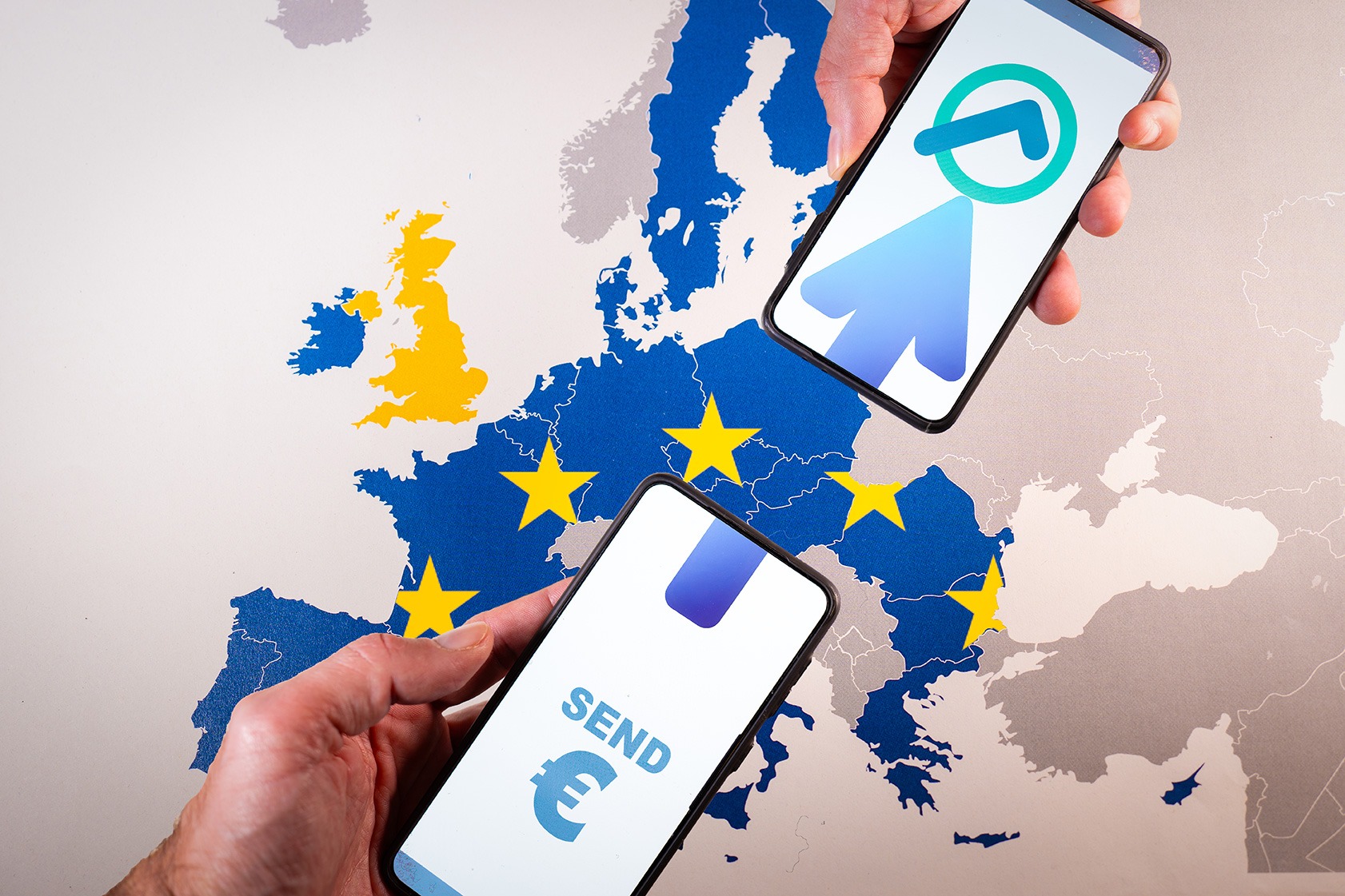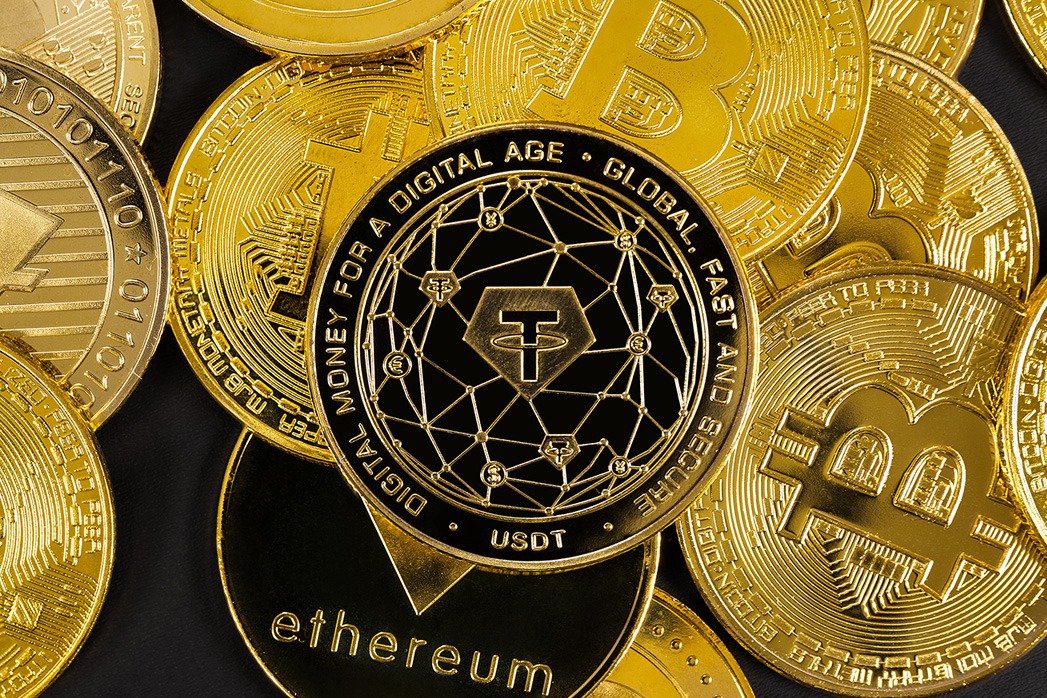Bitcoin Price Prediction 2025–2026: Navigating the Next Cycle
“Bitcoin doesn’t follow markets — it defines them.” – DNA Crypto Knowledge Base.
After one of the most turbulent but transformative periods in financial history, Bitcoin has entered a new stage.
With the 2024 halving, MiCA regulation, and the approval of spot Bitcoin ETFs across the US and Europe, the asset once seen as speculative is now being reclassified as institutional-grade digital gold.
As Bitcoin adoption accelerates, analysts and investors are asking the same question:
What’s next for Bitcoin’s price — and how high could it go by 2026?
Learn more: Institutional Bitcoin Adoption
The Current Market Landscape (2025)
As of Q2 2025, Bitcoin trades between €78,000 and €94,000, consolidating after record ETF inflows and post-halving volatility.
Institutional demand remains strong, with daily trading volumes surpassing $40 billion, driven by:
ETF accumulation from BlackRock, Fidelity, and VanEck
European institutional onboarding under MiCA
Global macro uncertainty and currency hedging
Bitcoin’s fundamentals — fixed supply, high liquidity, and increasing network security — remain intact.
Explore: Bitcoin Market Dynamics
The Drivers Behind Bitcoin’s Next Move
Several structural catalysts will shape Bitcoin’s trajectory through 2026:
Institutional Liquidity: ETFs have turned Bitcoin into a capital market instrument, driving sustained inflows.
Regulatory Clarity: MiCA and similar frameworks globally provide the foundation for cross-border compliance.
Macroeconomic Factors: As inflation moderates but debt remains high, Bitcoin continues to attract capital as a hedge.
Technological Expansion: Layer-2 scaling, Tokenisation, and cross-chain bridges are deepening network utility.
Emerging Markets: Adoption in Africa, Latin America, and Southeast Asia continues to expand as users seek digital stability.
Read: Global Impact of MiCA
2025–2026 Price Scenarios
Scenario | Drivers | Estimated Range (EUR) | Outlook |
|---|---|---|---|
Bull Case | ETF growth, institutional reserves, and macro tailwinds | €140k–€180k | Bitcoin becomes a mainstream alternative asset. |
Base Case | Steady adoption and moderate ETF inflows | €100k–€130k | Controlled growth within sustainable demand. |
Bear Case | Global liquidity squeeze or ETF outflows | €70k–€90k | Consolidation and market recalibration. |
While short-term volatility remains high, long-term directional bias remains upward, driven by scarcity, regulation, and institutional capital.
See: MiCA and Investor Protections
The Institutional Factor
2025 marks the point where Bitcoin became an institutional asset, not a retail experiment.
Family offices, hedge funds, and corporates now allocate small but strategic portions of treasury reserves to Bitcoin.
DNA Crypto’s own analysis shows a shift in portfolio models, where Bitcoin plays the role of digital collateral — bridging the gap between fiat, Stablecoins, and tokenised assets.
More: Crypto Custody Solutions
Key Risks to Watch
– ETF saturation leading to short-term consolidation
– Regulatory enforcement against non-compliant exchanges
– Global monetary tightening is reducing speculative inflows
– Custody concentration risk among large institutions
Despite these challenges, network resilience and market depth suggest that Bitcoin’s macro thesis remains strong heading into 2026.
Explore: Institutional Tokenisation
The Bottom Line
Bitcoin’s journey from digital experiment to global asset class is now complete.
The next chapter is about integration — with institutional adoption, regulatory maturity, and multi-chain innovation driving sustained value creation.
As DNA Crypto observes across Europe’s regulated markets:
Bitcoin is no longer just a hedge against inflation — it’s a hedge against centralisation itself.
Image Source: Adobe Stock
Disclaimer: This article is for informational purposes only and does not constitute legal, tax, or investment advice.












